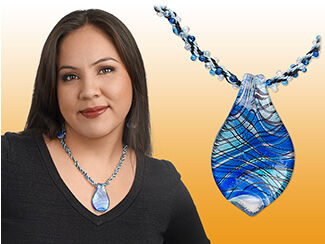How Lampwork Glass Pendants are Made
An in-depth look at the art of crafting lampwork glass pendants, exploring the process with fire and steel tools, the types of glass used, and the history of lampworking, highlighting the essential tools and materials.


